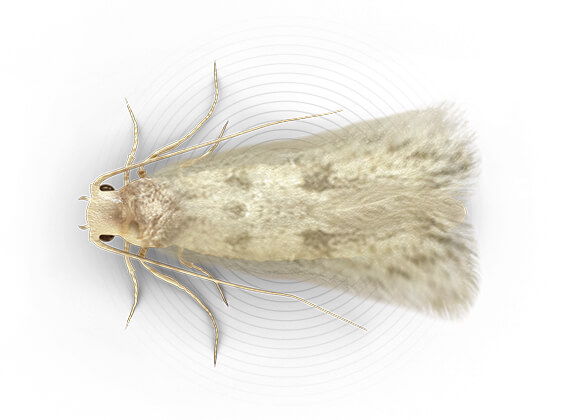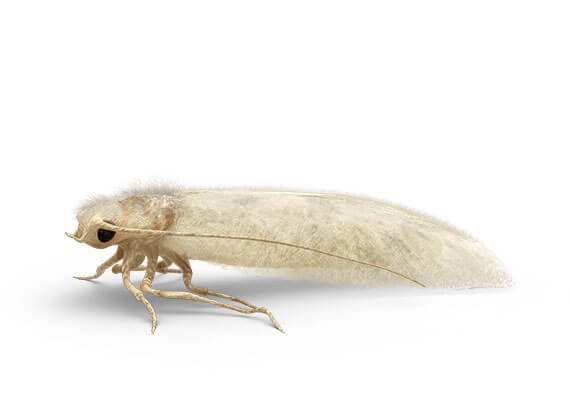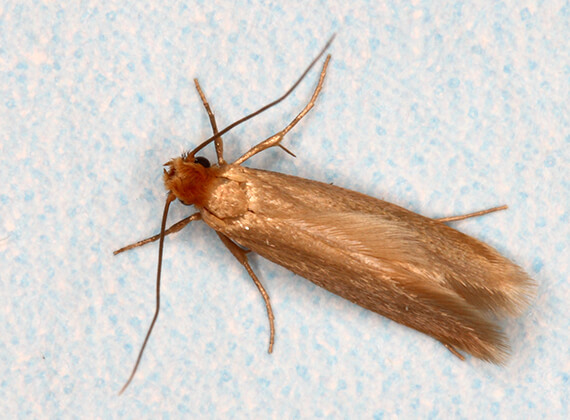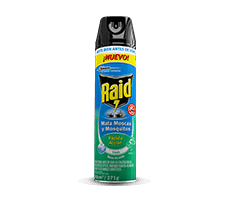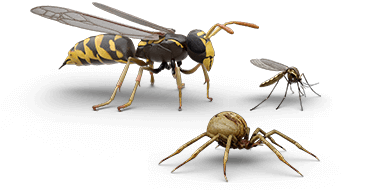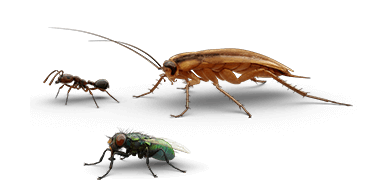Clothes Moths
Tineidae
-

SIZE
1/4in long, 3/8in wingspan
-

COLOR
-

BITE OR STING
No
-

WINGS
Yes
COMMONLY MISTAKEN FOR
General Information
The larvae of clothes moths feed on cloth fibers, leaving small holes in your fabrics. Their favorite meals include animal-based fibers like silk, wool, cashmere, angora, and fur. Help safeguard your family’s clothes from these fabric-feasting pests with easy tips for how to banish moths in the closet.
-
Clothes moths are sometimes called closet moths or wool moths.
-
Unlike most moths, clothes moths are not attracted to light.
-
They are very weak fliers, so they are more commonly seen crawling across garments and the other items they infest.
-
A female may deposit 100 to 300 moth eggs. The eggs take 1 to 2 weeks to hatch into the larval stage during the summer or in a heated room.1
-
It is the moth larvae, not the adult moths, that eat and destroy fabrics.
-
Moth larvae produce visible silk casings or webbing as they feed.
Details
-
Clothes moths will infest clothing and other stored fabrics that are made of any natural fibers or fiber blends.
-
They are most commonly found in closets, dresser drawers, attics, basements, and other areas where garments are stored.
-
Clothes moths come inside to feed on fabrics that are made of silk, wool, cashmere, angora, and fur.
-
Clothes moths will feed on cloth fibers and leave small holes in your fabrics.
-
Keep clothes brushed and cleaned, especially items that will be stored for any length of time.
-
Clean fabrics stained with food or perspiration before storing them because these items are attacked by clothes moths most often.
-
Sweep or vacuum regularly to remove woolen lint or hair from floors, shelves, and drawers.
-
Clothing bags, cedar closets, and cedar chests provide protection only when stored materials are air-tight and free from infestation before storage begins.
-
Look for clothes moths in the folds of your clothing as well as dark corners of the closet.
